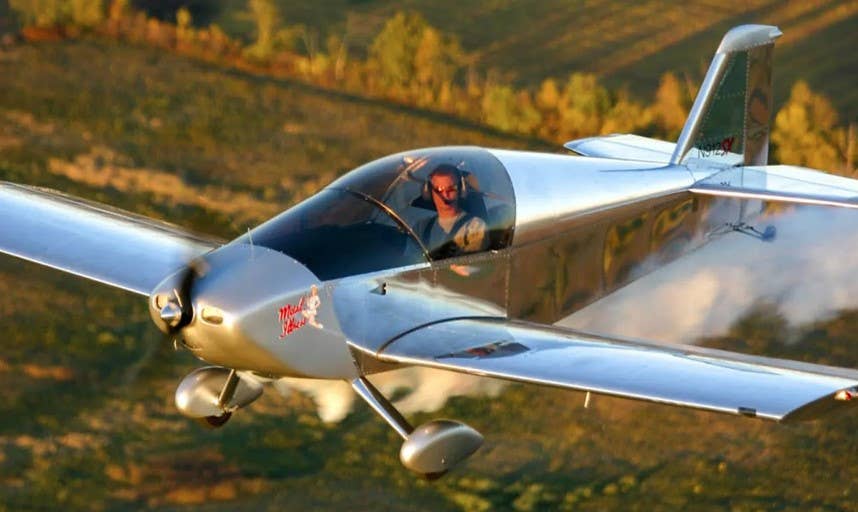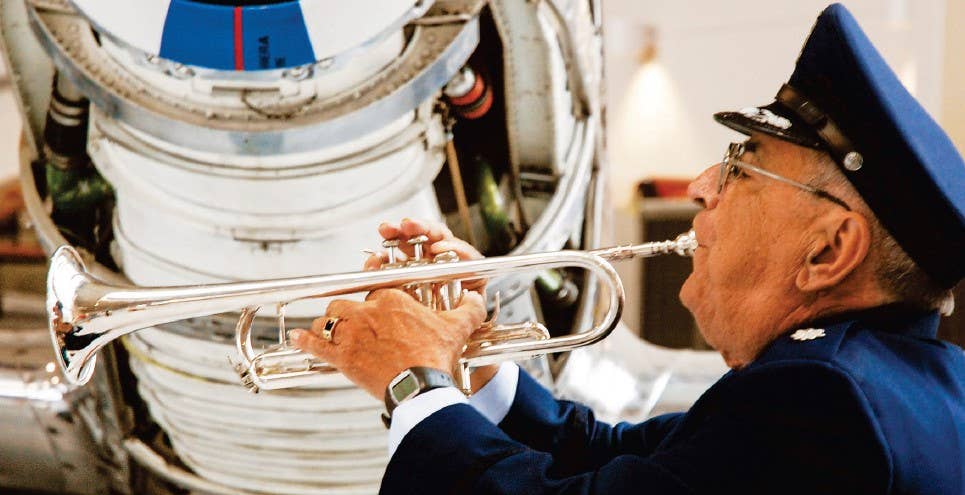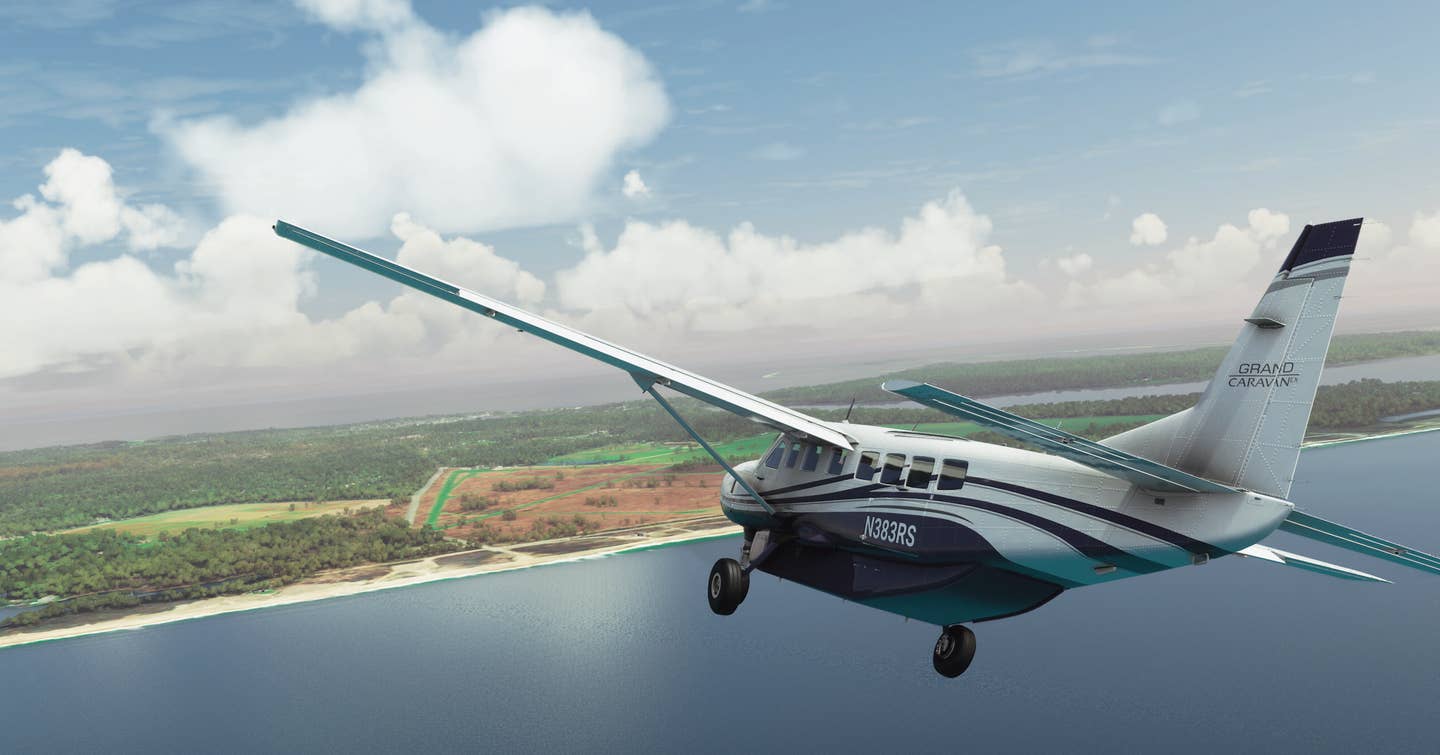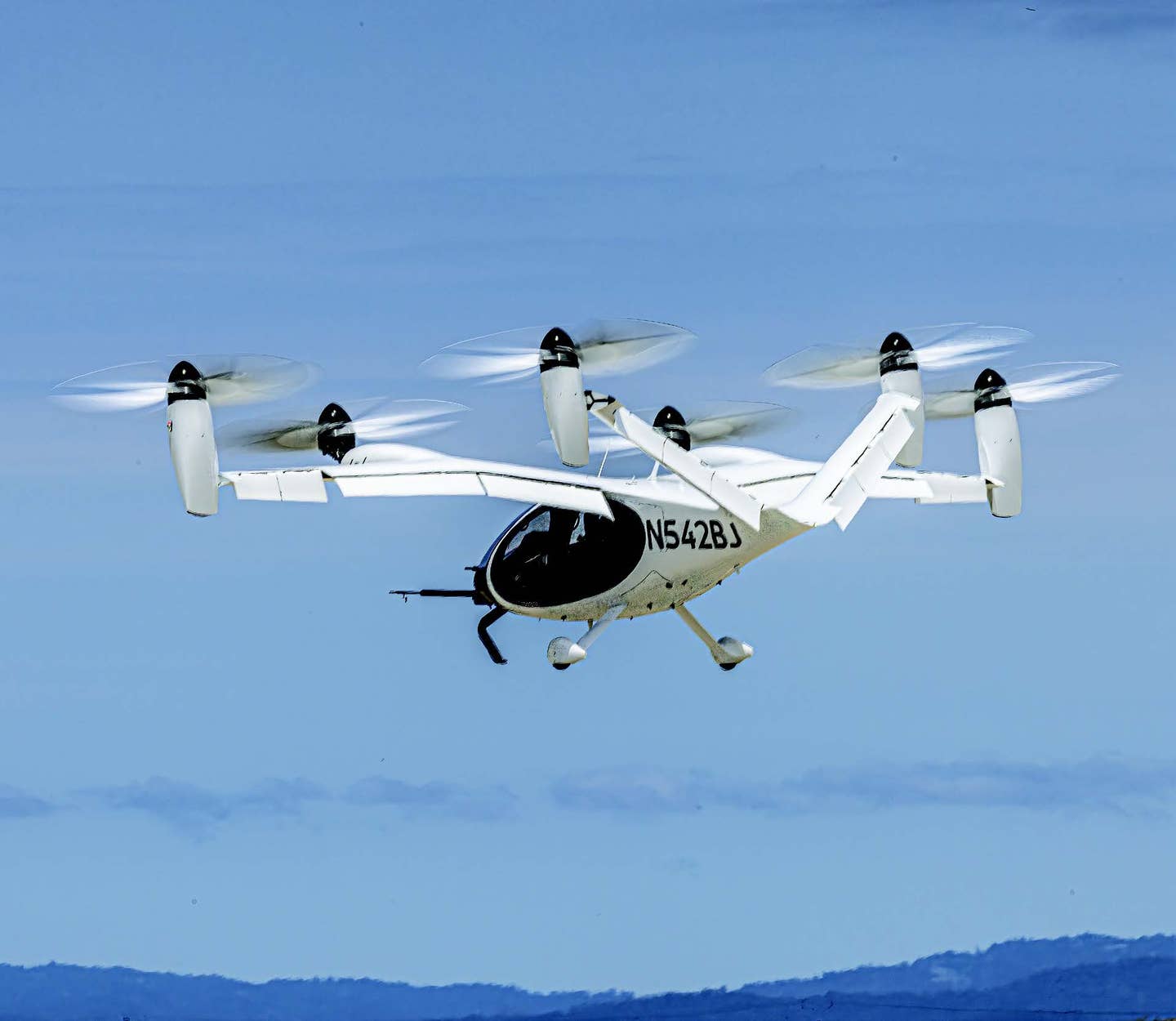Aircraft Maintenance and Weathering a Pandemic
While the pandemic did not cause personnel shortages and fleet changes, it rapidly accelerated and exacerbated existing industry issues.
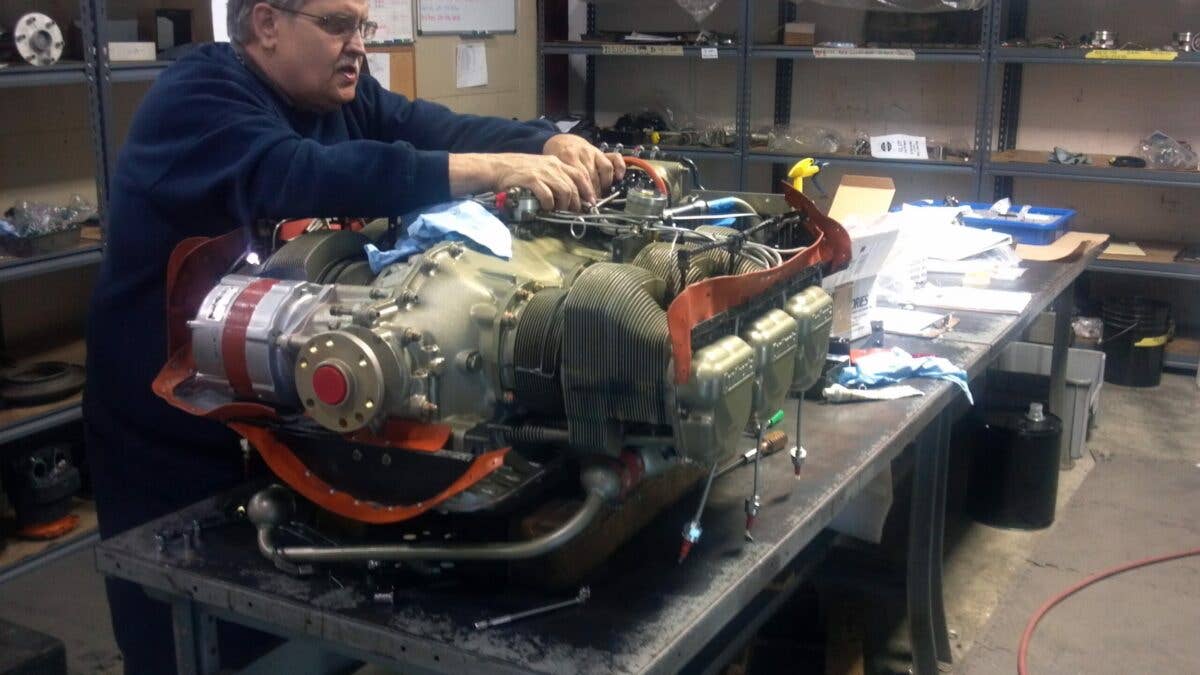
Dave Beauchamp, former director of maintenance at Atlanta Northside Aviation. [Courtesy: Richard Scarbrough]
In January 2020, I was at the Anaheim Convention Center in California, attending the Helicopter Association International Heli-Expo. There was a spring in my step as I bounded down the jetway, my gleaming silver Lucas roller bag leading the way. It was the first business trip of the year, which is always exciting. The industry was awakening from its holiday slumber. Management rolled out new quotas and strategic plans, and everyone was hitting the road hopeful for fame and glory.
Oh, what blissful ignorance we had. Little did I know, my beloved industry was about to embark on a wild ride. A few short weeks later, everything came to a grinding halt because of COVID-19, and life as we know it changed forever. What happened next is a story of uncertainty, tenacity, and innovative thinking.
How has aircraft maintenance changed since COVID?
Aviation Challenges, Changes
A year after commercial aviation essentially stood still, my alma mater Embry-Riddle Aeronautical University published an online article entitled “Aviation Maintenance Today: Changes and Challenges” to discuss current challenges faced by aviation.
While the pandemic did not cause the following conditions, it rapidly accelerated and exacerbated the issue. Each of these would have come to pass, but not at the haste they do now.
Qualified Personnel Shortage
Aerospace management consulting firm Oliver Wyman, LLC, in February 2023, published an insight entitled “Not Enough Aviation Mechanics” to address the coming shortage in aircraft maintenance labor this decade.
The shortage of qualified personnel is not breaking news. Those of us in aviation know the struggle to recruit, train, and retain technically-skilled labor. It would have made headlines regardless of the pandemic.
The airlines lost around 400,000 workers because of the pandemic, according to Forbes. In reality, many aviation entities, unsure of the future, allowed some of their talent to leave the company and the aviation industry. Many affected workers found new homes in high-tech, construction, or remote work opportunities.
New Aircraft Fleet Growth
Although the rapid decline of commercial airline travel received most of the media coverage during the pandemic, other business sectors continued to fly, and some even thrived during turbulent times. General aviation kept flying when governments shut the country down. There is nothing quite like sheltering in place with your Cessna 182 and finally getting that STC accomplished.
In all seriousness, corporate aviation is booming currently, and the forecast calls for more blue skies. Aircraft manufacturer Bombardier released performance numbers on February 9, and the “targets reflect the third consecutive year of steady growth.” Time to sharpen those Challenger 3500 ratings.
Experts say that business aviation will continue to expand upward through 2030 and beyond. This situation equates to more significant fleet sizes, newer platforms, and opportunities to obtain legacy airframes as companies modernize. Think about your company and its current fleet. What is the plan for growth?
Innovative Technologies
There’s an old adage that says, “necessity is the mother of invention.” This continues to ring true in the 21st century. Our world is rapidly changing. Those willing to embrace this will find ways to flourish in the new realm. Will this mean writers need to learn ChatGPT? That hurts my heart to type it.
Traditionally electrical power lines had to be patrolled by ground crews or through the air using aircraft and helicopters. Now drones are getting the nod. At the beginning of this year, my hometown newspaper, the Atlanta Journal-Constitution, posted an article about how a legacy aviation business is rebranding itself. Charter company Phoenix Air, based in Cartersville, entered the drone market and is looking to capitalize on the growing trend.
Speaking of drones, some people redirect their careers and creatively embrace this new technology. The New York Times posted a picture of Steven Ray Littles II, after leaving his job as a flight attendant, decided to turn his drone photography hobby into a business. Plato would be so pleased.
Technical Training Trends
For decades the elders passed the knowledge to the younger generation verbally, in written procedures, and sometimes through mentoring and on-the-job training. The pandemic—and subsequent lockdowns—drove everyone inside their homes, and public gatherings were banned. The trouble was, people still needed to learn.
Fast forward three years, and life is beginning to reopen. Person-to-person learning is allowed, but some like the ability to learn remotely. While remote is advantageous for some, others prefer in-person.
Companies like the T-C-Alliance offer blended learning with both virtual and physical training.
Aging A&P mechanics
Everyone gets old. I am reminded of this every time I stand up too quickly. The silver lining to your golden years is the ability to share hard-learned life experiences with the next generation. Dave Beauchamp, former director of maintenance at Atlanta Northside Aviation, would periodically come to the shop and help on intricate jobs. One time I hired him to assist in rebuilding twin Piper Navajo Colemill Panther conversion TIO-540-J2BDs.
To pay it forward, the National Business Aviation Association set up a mentoring network to help connect those interested in sharing knowledge. For more information, contact mentoring@nbaa.org.
Mentoring is not a one-way event. Often younger mechanics fresh out of school can help us greybeards learn new techniques, processes, and maintenance practices. Have you ever seen a 30+ year veteran attempt to navigate an iPad? Trust me on this one.

Sign-up for newsletters & special offers!
Get the latest FLYING stories & special offers delivered directly to your inbox


